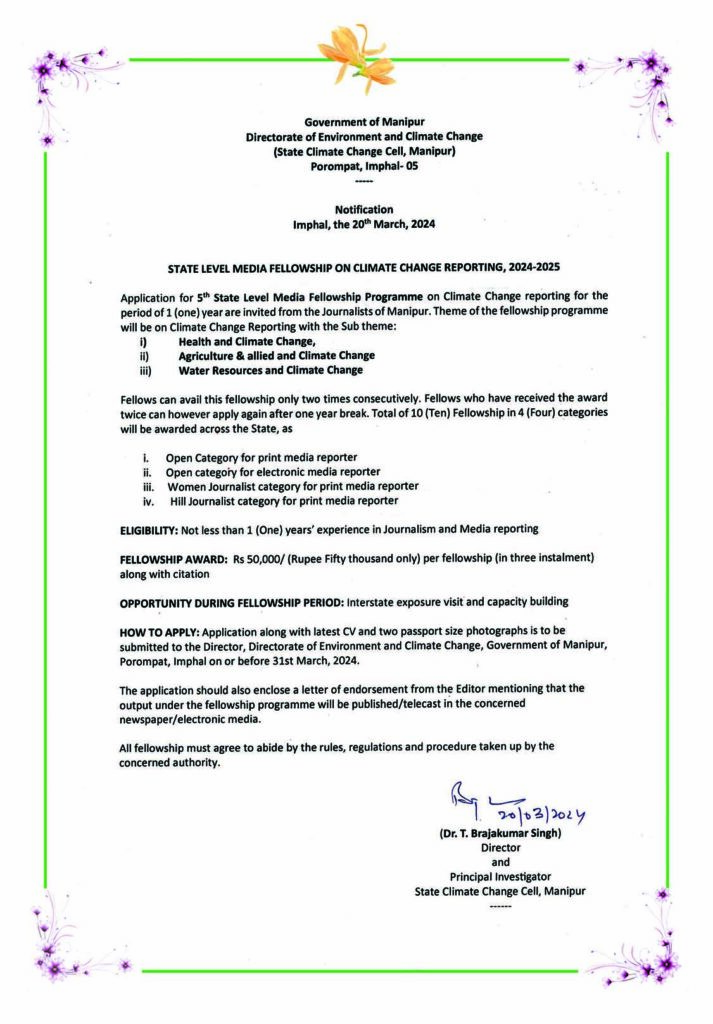The Centre is not counting the ULFA (I) as a major threat any more. The return to normal life on medical grounds by Jiban Moran and the death of ‘Western army commander’ Dwipen Saud, preceded by the surrender of his predecessor Dristhi Rajkhowa all points to the decimation of the ULFA (I). Paresh Baruah’s occasional interest in secret parleys and then repeating his old bombast of joining negotiations only if Assam’s sovereignty is discussed has got him and his outfit nowhere.
As a long observer of Northeast’s insurgency scene, I remain puzzled by the fact that if the NSCN factions including the most numerous Muivah group are on the table, what makes Paresh Baruah believe he can fight on. Often he has used the government’s failure to pull off a final Naga settlement as an excuse not to get into talks. If Muivah cannot get a fair deal from Delhi, what can we expect is the kind of argument peddled by Baruah.
To be fair, he has a point. He is aware of the limited clout he will have on the table, what with a bigger faction already talking to Delhi having given up the sovereignty claim. And the way the BJP government and its Naga interlocutor has botched up the negotiations with the NSCN, Baruah has every reason to feel discouraged. Though he can take heart from the fact that the Assam interlocutor is a smarter negotiator and the Bodo accord could be a model for an all-faction deal.
But what other option(s) does Baruah and his depleting rank and file have? While he remains safe in his Ruili hideout, his boys suffer malaria and a host of other diseases, food shortages and struggle without being able to make any impact whatsoever on the Indian government and its forces.
The Indian security apparatus never took the ULFA (I) very seriously, except when it started attacking oil and gas installations. But that kind of terror will never work for Baruah and ULFA (I) because thousands of Assamese livelihoods are tied to the hydrocarbon industry. Kidnapping Assamese employees of ONGC will only further erode whatever influence ULFA (I) has in Assam.
So unless Baruah wants to end up an Assamese Phizo breathing his last in Ruili , he has to come back and talk . His only chance of political resurrection is if he manages to reunite the ULFA and come to the table. But Baruah cannot wait for a final settlement before the ULFA joins formal politics.
Its only hope lies in reunification and merger with the Assamese regional parties (not AGP which cannot abandon BJP regardless of occasional posturing) to provide the state a third alternative, should we say an authentic Assamese alternative.
One may say regional parties have no future in Assam, after AGP’s dismal record despite two terms in power. The BJP may win this election but it cannot eat away the distinct Assamese regional space. Once incumbency catches up with the Sonowal-Himanta dispensation, and the Congress fails to produce a big enough Assamese leader to match the weight of Badruddin Ajmal in the Congress-AIAUDF alliance, there is surely chance for a regional Asomiya party to find a place in the state’s power structure and political imagination.
That is where Paresh Baruah and his guerilla returnees can park themselves. They can take heart from Zoramthanga on one hand and Mamata Banerjee on the other. While one has played a really successful political innings after return from the jungles and emerging from Laldenga’s shadows, the other has taken on the might of the Centre and a cash-flush BJP led by two ruthless cunning tacticians backed by the organisational might of the RSS. If she wins on May 2, she would have really humbled the arrogance of the saffron brigade.
Assamese regional politicians must learn from Mamata one cardinal lesson even if they don’t like her — they cannot hope for preponderance if they allow a national party to co-opt their core political platform and eat into their acre of green grass. Prafulla Mahanta was no less popular with the Assamese than Mamata was in Bengal.
While Mahanta was happy to ally with BJP and slowly concede ground to the Hindutva brigade, Mamata parted company with the saffrons just when she had to. One can see who is where at the moment.
So much so that many analysts now feel the future of regional politics in India depend on figures like Stalin and Mamata. And it is the regional rather than India’s Grand Old Party which seems capable of taking on the Modi-Shah juggernaut. Mahanta was a delight to watch at the peak of his popularity but he has just fallen by the wayside.

Subir Bhaumik is a veteran Reuters and BBC correspondent in India, a former fellow at Oxford, Frankfurt and East West Centre, and an author of four books on South Asian conflicts and one on regional media. He has also worked as senior editor in Dhaka-based bdnews24.com and Yangon’s Mizzima Media









